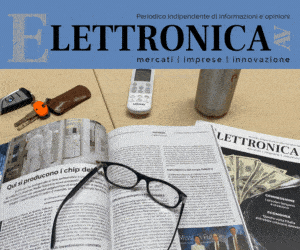LEM introduces the CDSR, a new sensor for measuring current leakage based on its Fluxgate open-loop technology.
The CDSR is innovative, extremely compact and safe, allowing manufacturers to optimise the design of their charger electronics
With a worldwide total in 2019 of only 7.3 million electric vehicle charging points, 6.5 million of which are private, the lack of anextensive charging infrastructure is clearly a key obstacle to the growth of the global electric vehicle market.
To support the massive uptake of electric vehicles, driven by ambitious policies to phase out sales of ICE (internal combustion engine) vehicles, the current charging infrastructure needs to be increased thirteen-fold.
Given this expected high demand, charger manufacturers need to develop competitive, cost-effective solutions that can be industrialised in high volumes.
As well as being easy for the end user to install, they must also meet many standard criteria, both for safety and for product robustness.
Since 2016, IEC standards and more specifically IEC 62955 / IEC 62752, require the detection of a Direct Leakage current at 6 mA DC to prevent the domestic Residual Current Device (RCD) Type A from being ineffective.
This effect, called 'the blinding effect', occurs when an insulation fault develops on an EV.
TheEV architecture integrates a battery pack, powered by direct current (DC), which is able to generate a leakage current that can in turn disable a domestic RCD.
To protect the RCD and avoid the need to install a type B RCD in the electrical panel of domestic EV owners, EV chargers include a device to detect DC leakage current. This detection is the role of the RCD.
The CDSR has been developed to meet the market demand for both a residential and commercial charging station, offering a version for single phase architecture and another for three phase topology.
With a maximum current per phase of 32A rms, the CDSR can be integrated into AV chargers from 3.7 kW to 22 kW.
Following the trend towardsdigital electronics, the CDSR provides not only an analogue communication output, but also an SPI (Serial Peripheral Interface), thus enabling simple hardware interfacing.
The CDSR operates from a +3.3 VDC supply and has a typical current consumption of only 50 mA when measuring 150mA as the maximum primary residual current.
The proportional behaviour of the CDSR ensures that it can resist power supply drift while maintaining a stable output measurement.
Extremely robust, the CDSR can work inside any EV charger. It has an operating temperature range of -40°C to +85°C, can withstand acceleration forces of up to 10G while maintaining rated performance, and has a very high level of insulation between the primary and measuring circuits due to increased creepage and clearance distances (13.2 mm).
Designed to ensure a high level of safety, the CDSR provides a predefined detection output signal with a reaction time of less than 200μs.
Combined with an independent test winding, charger manufacturers can test the performance of the sensor in real time to ensure maximum safety.
CDSR is an essential component of the electrification world, making the charging infrastructure of the future more accessible, safer and more reliable.












